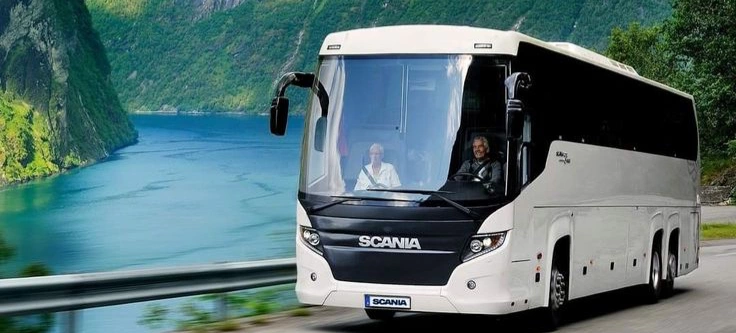Traveling Europe by Bus: Affordable, Accessible, and Convenient
The bus remains one of the most affordable ways to travel across Europe. While it may be slower than trains or planes, bus travel continues to be popular among students, budget travelers, and anyone who values simplicity, flexibility, and savings.
Today, Europe’s bus network covers thousands of destinations, connecting not only major capitals but also small towns and remote regions. Intercity and international routes are well developed thanks to companies like FlixBus, BlaBlaBus, Eurolines, and many regional providers. Modern buses offer comfort that was rare a decade ago: soft reclining seats, air conditioning, onboard Wi-Fi, USB outlets, and restrooms. Many carriers also allow luggage at no extra cost.
The main advantage of traveling by bus is the price. Tickets on popular routes can cost just a few euros, especially when booked in advance. For example, a Paris–Amsterdam train might cost €60–100, while the same trip by bus could be as low as €15–25. Buses are particularly cost-effective for international travel where flights are expensive or rail options are limited. Additionally, buses often arrive directly in city centers, unlike airports that are typically located on the outskirts.

Flexibility is another major benefit. Most routes run daily, and there are many overnight options, allowing travelers to save on accommodation. It’s usually easier and cheaper to change a bus ticket, cancel a trip, or book at the last minute compared to train or plane travel. In some countries, such as Germany or Poland, combination tickets (bus + local train) are available, which simplifies transfers.
However, bus travel does have its limitations. Travel times are longer, especially for cross-border trips. A journey from Berlin to Paris by bus may take 8 to 10 hours. Border crossings can cause delays, particularly when entering or exiting non-Schengen countries. On holidays and peak days, buses may be crowded, and traffic can increase travel times significantly.
Service quality also varies by operator. Major companies like FlixBus and BlaBlaBus maintain consistent standards, upgrade their fleets regularly, and provide mobile apps to track departures. Smaller providers may use older buses and offer limited customer support. It’s a good idea to read reviews before booking and to carefully review schedules, especially for overnight trips and arrival times.

Overall, bus travel is an excellent option for those who prioritize budget, aren’t in a rush, and want flexibility. It’s a convenient way to discover Europe, especially if your route includes lesser-known but equally interesting locations. Traveling by bus lets you watch landscapes pass by your window, travel overnight, reduce costs, and remain independent from tour packages or fixed itineraries.
If you’re planning a trip on a budget and want the freedom to explore at your own pace, buses offer a practical and proven solution. Europe has tens of thousands of routes available online, with transparent prices and clear booking systems. All you need to do is pick a direction and hit the road.
Close